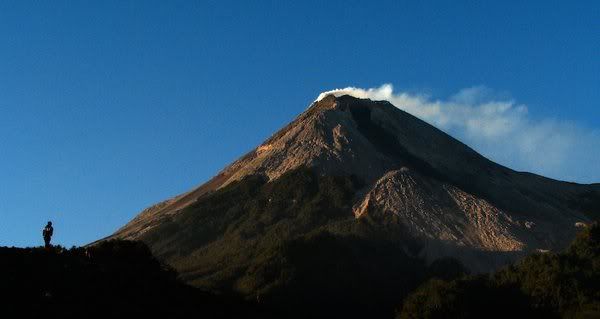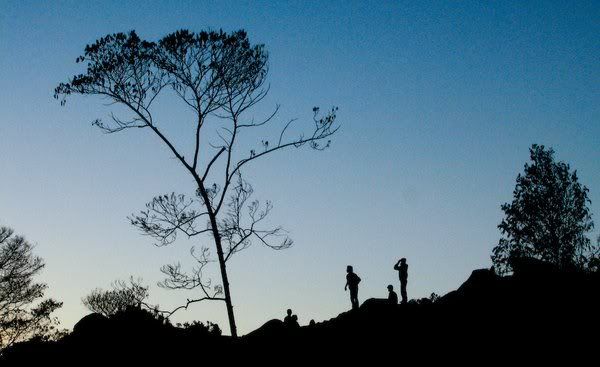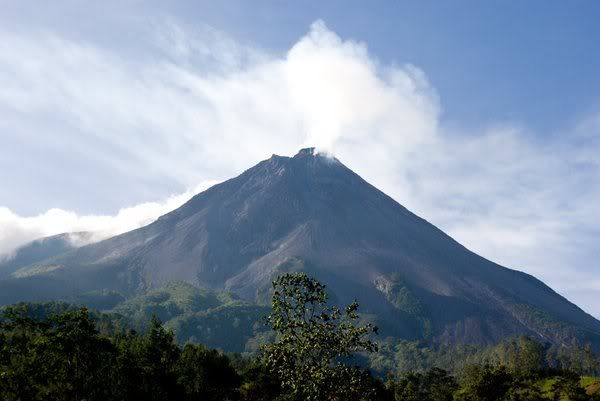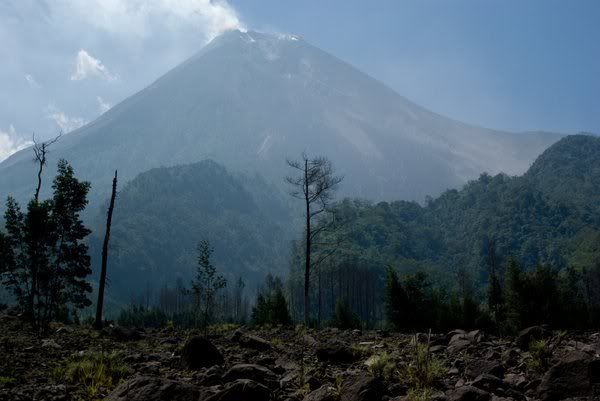Where is Yogyakarta?
Located at Central Java - Indonesia, Yogyakarta is the official name of the city and the region and Jogja is the brand name of the city and the region. Yogyakarta is one of the foremost cultural center of Java with a gentle special charm which seldom fails to captivate the visitor. It is famed for it's gamelan orchestra, wayang shadow play, classical Javanese dances and abundant with art galleries, batik shops and other handicraft center.
Some point of interest. Kraton or Sultan Palace, it is the hub of Yogya's traditional life and despite the advance of modernity it still eliminates the spirit of refinement which has been the hallmark of Jogja's art for centuries.
On the northern side of the main square in front of Kraton is Sonobudoyo museum which houses old weapons, leather and wooden puppets of wayang theatre, masks, statues and old gamelan instruments.
About five kilometers southeast of Jogja is Kotagede, once was the seat of the mighty Mataram Kingdom, this placid little town is now famed for being the centre of silverwork industry of Java. The are number of workshop where visitors are welcome to watch the precious metal being transformed into beautiful works of art known as "Jogja Silver".
Seventeen kilometers east of Yogya there is a temple complex of Prambanan. The biggest and the most beautiful Hindu temple complex in Java, this magnificent 9th century Shivaist temple has eight shrines, the three main ones are dedicated to Shiva, Vishnu and Brahma. The area around Prambanan is the most prolific site of temples in Central Java. More than thirty lies within half-hours walk set among rice field, sugar cane, banana and coconut grove. Some are just foundations, some are just magnificent, like the temples of Kalasan, Sewu, Plaosan, Sambisari and Ratu Boko.
Unsurpassed in artistic merit, each scene as individual masterpiece, THE BOROBUDUR TEMPLE complex. It is the one of the world wonder. In the nearby there are Mendut and Pawon temples, these are the integral part of Borobudur complex, even though smaller the pilgrims specially during the Waicak day must pass before ascending the great Borobudur. Waicak day is the celebration of Buddha's birth.
In the north of Yogyakarta province there is a remarkable view of Mount Merapi, one of the most active volcano in the world. Have eruption sometimes bit rarely explosion.
Surakarta or known as Solo the neighbor city, lies about 60 kilometers east of Yogya. Solo offers many attractions among other the Kraton Kasunanan, Kraton Mangkunegaran, Radyapustaka museum and also an interesting site to visit is Pasar Triwindu, a "Flea market". Further east of Solo on the slope of Mount Lawu lies one of the Java's mysterious temple, Candi Sukuh. Sometimes billed as the only sample of erotic temple art in Java.
How to reach Yogya?
By Flights. There are more than 20 scheduled flights daily to Yogyakarta from Jakarta and Bali. A daily direct from Kuala Lumpur. 3 x a week from Singapore.
Overland. Java - Bali national road has been well developed and maintained so there's no reason to be worried. Air-conditioned train or executive coach is available for your trip to Jogja, which also are connected to the city of Surabaya, Solo, Semarang, Bandung and Jakarta.
People and Culture
Famous for its warmth and friendliness, the city is occupied by nearly 800,000 people, many of them are artists and students. No wonder that it is popularly called "the city of students" because students from all over the country flood the city to seek better education. According to the latest survey, the pupil citizens amount to 20% of the city's total population.
Jogja is widely known as the fountainhead of Javanese culture for its abundance with exceptional cultural heritages - attractions that remind us of its gallant past: a kaleidoscope of ancient temples and monuments, colorful ceremonies and festivals, gamelan orchestras and graceful dances, the magnificent Sultan's Palace in the heart of the city, the ruins of Tamansari water castle.
Jogja is very alive as a cradle of Javanese culture, not just as a site where the remains of previous culture can bee seen. The continual practicing and perfecting of fine arts and other aspects of Javanese culture can still be found.
Jogja's fine art has been developing since the dawn of its history. Art over a thousand-year old like wayang kulit, the leather puppet shadow play, still hold a magic and fascination. A large number of Indonesian famous artists live or had been up brought in Jogja. To many Indonesian artists, Jogja is an oasis of inspiration.











 Read more: http://epg-studio.blogspot.com/2009/06/widget-pengatur-halaman-untuk-kembali.html#ixzz1UA3ocoWT
Read more: http://epg-studio.blogspot.com/2009/06/widget-pengatur-halaman-untuk-kembali.html#ixzz1UA3ocoWT